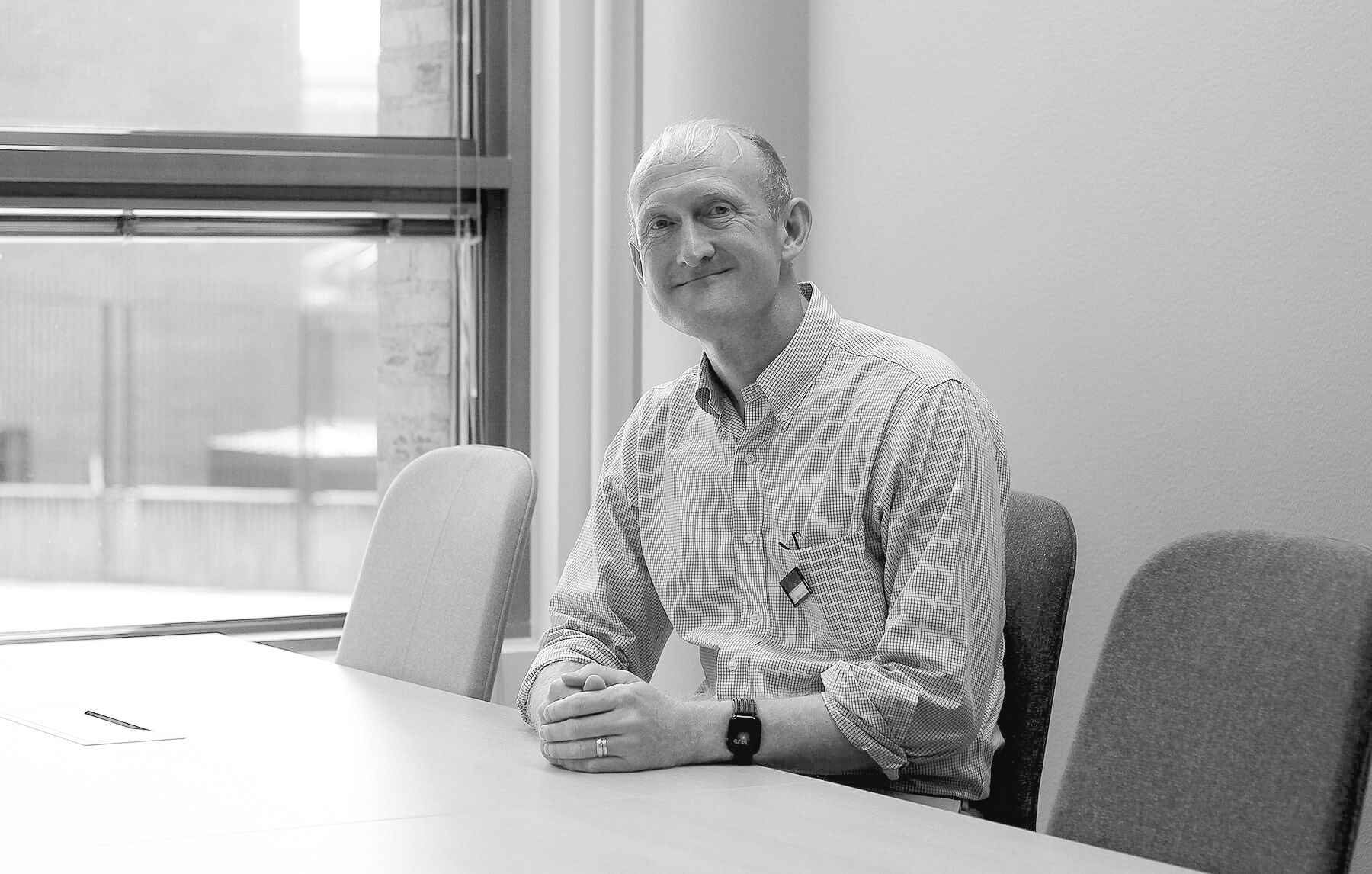Mattias Paulsson, Uppsala University Hospital

Q: Could you provide a brief overview of your pharmacy and role there?
A: I am a Deputy Chief Pharmacist at Uppsala University Hospital in Sweden, specializing in pediatrics. The hospital has 900 beds and a 95-person pharmacy. It is a tertiary hospital serving patients from various regions of Sweden. My office is located in the children's hospital, allowing me to interact with pediatricians, nurses and fellow clinical pharmacists. I often encounter challenges related to suitable pediatric doses, particularly in pediatric oncology.
Q: How can 3D printing technology improve the daily lives of patients and hospital workers?
A: Currently, there is no organization in Sweden capable of producing child-friendly, easy-to-swallow, and appropriate dose formulations for pediatric chemotherapy. As a result, children with oncological diseases are compelled to use adult doses, which they or their caregivers need to crush themselves and take a portion of to obtain the correct dose.
Typically, parents learn how to perform this process at home with the guidance of clinical pharmacists. Although Sweden has established routines and solutions for this, there are quality issues associated with this approach. It is difficult to ensure the drug's solubility in water and guarantee the accuracy of the dose. Administering the drug through a nasogastric or stoma tube also poses safety concerns.
Currently, parents are burdened with solving these quality problems. Moreover, some parents may have other children at home who should not be exposed to hazardous substances like chemoterapy. Individualized dosing is necessary to address these challenges.
When children are treated at home, lead time is usually not an issue, allowing for centralized preparation across Sweden. However, in a hospital setting, there is often a lead time of just a few hours to prepare the dose. Therefore, minimizing the time between prescription and production is crucial for hospital work. In my opinion, 3D printing is the most promising solution available and we need to have a standardized production method for 3D printing.
In the case of treatments at home, a longer lead time is acceptable. However, it is essential to provide flexibility and occupational health solutions, as healthcare workers should not be exposed to the task of crushing chemotherapy tablets.
Q: What does the future of personalized medicine look like, in your opinion?
A: Personalized, 3D printed medicine can benefit not only oncology but also other fields such as neurology and metabolic diseases. It has the potential to revolutionize the treatment of various diseases beyond just oncology.